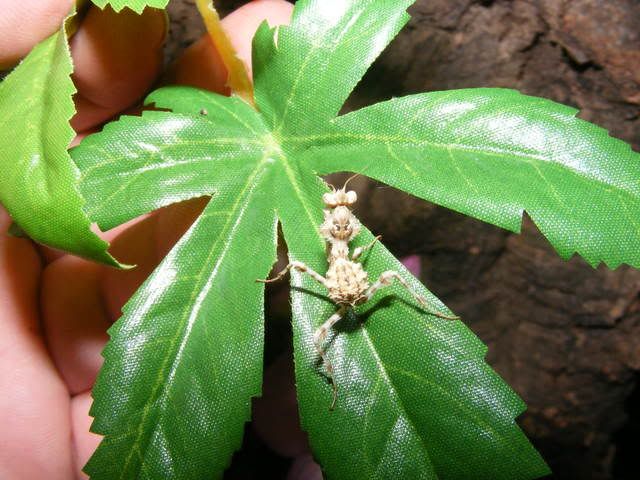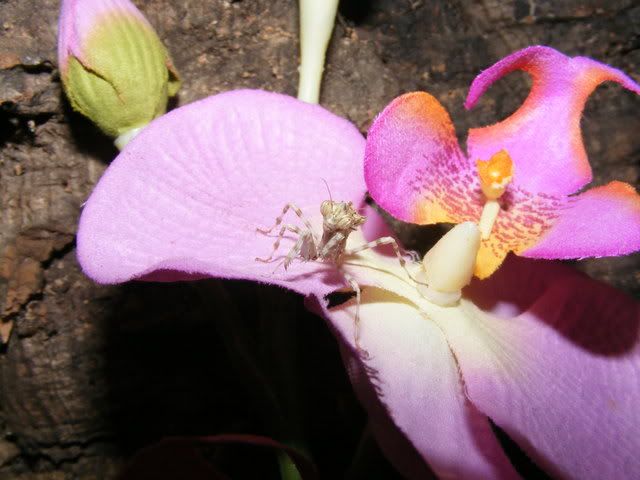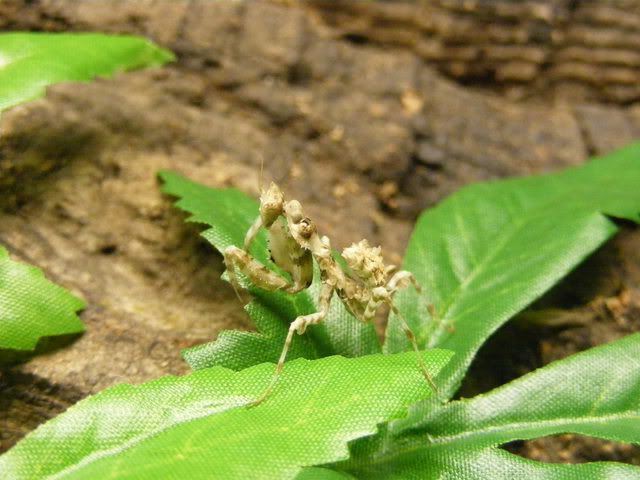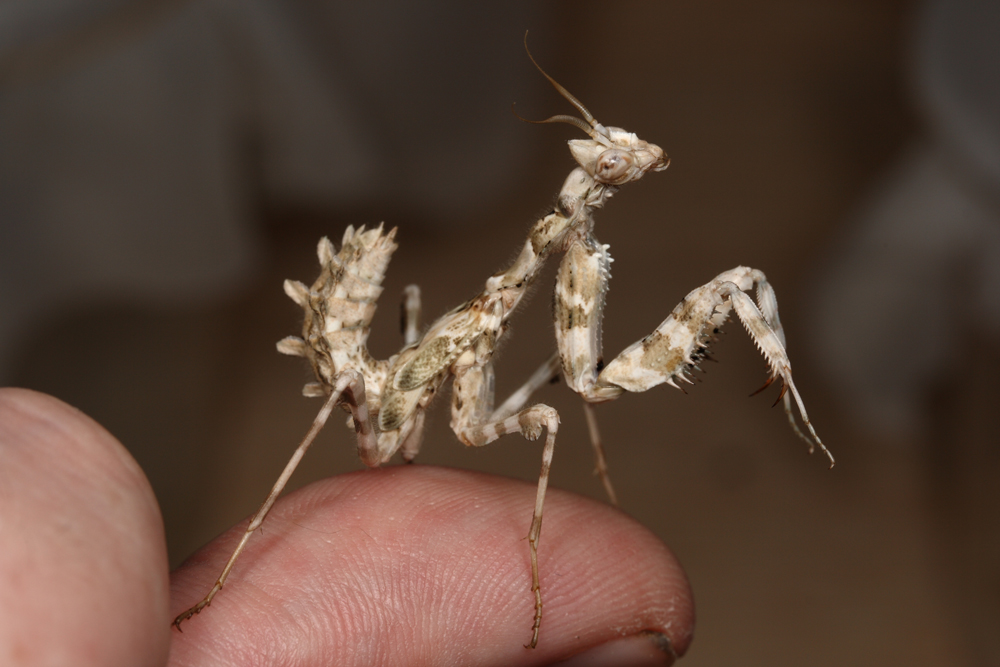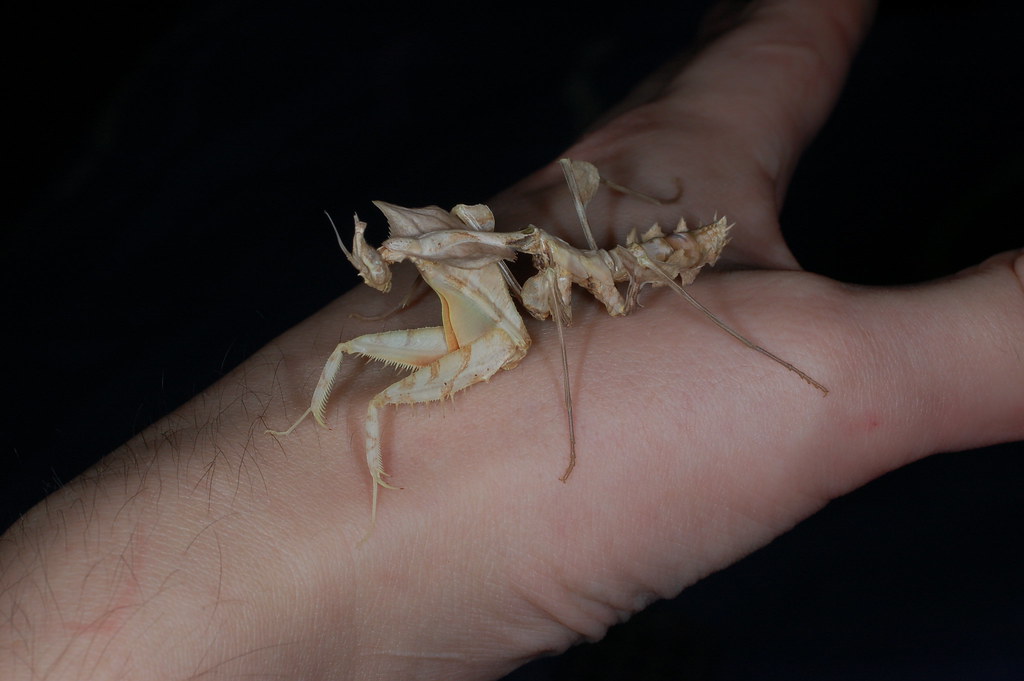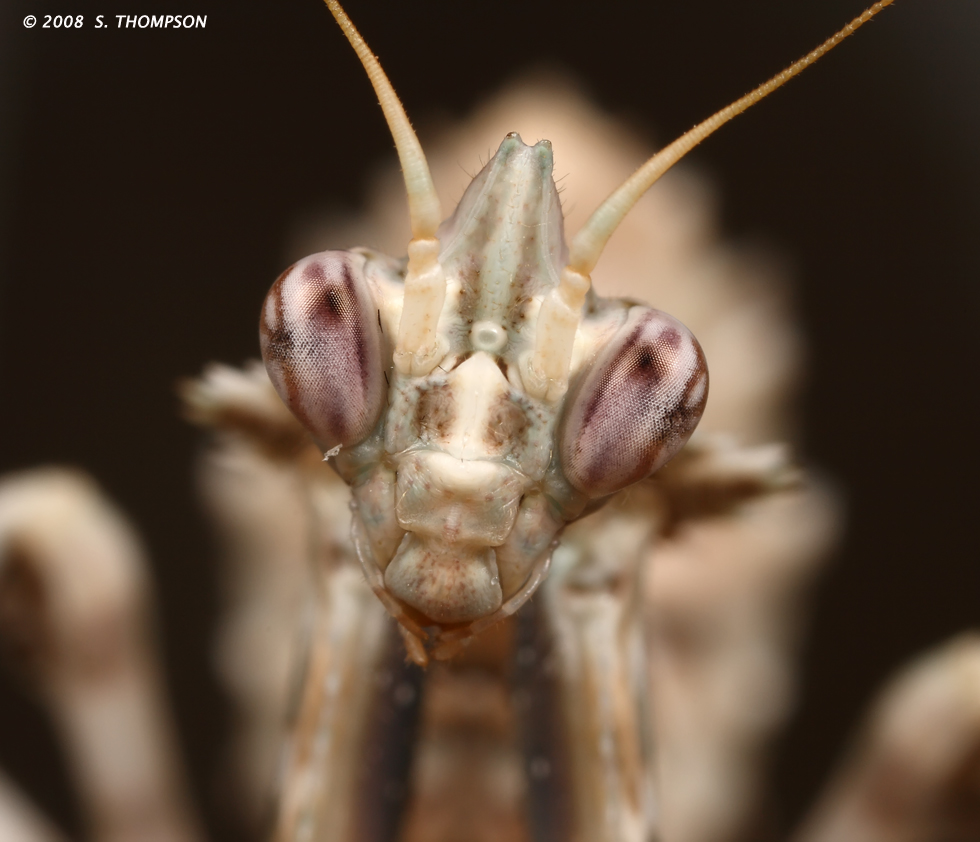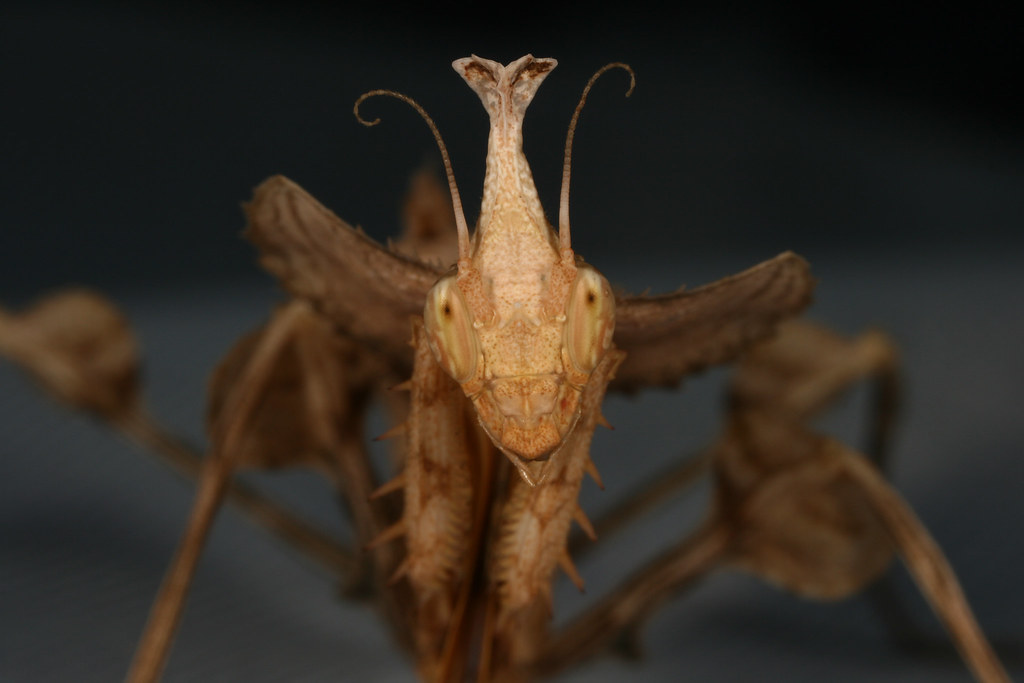No, this is wrong.
"Flower" is not only applied to members of the Hymenopodidae.
In fact, the common name for
Idolomantis diabolica was "devil's flower" for over 110 years. No "devil's flower
mantis" no "
giant devil's flower", just "devil's flower". The name originates from the fact that in those days the startling display had been mistaken for a flower mimic to attract insects. This is the reason for the name "devil's flower".
90 years later, mantids had been in culture for several decades then and
I. diabolica was still not available, some jerk (I know the name of) invented the name "Lesser devil's flower" for
B. mendica in order to make them more "sexy" and sell them better.
B. mendica is the closest living relative of
I. diabolica, nevertheless the name was a rather bad choice, as
B. mendica has nothing of a devil's flower. This name was applied to
I. diabolica for obvious reasons, all which are lacked by
B. mendica, whether closely related or not.
In English speaking countries the story got even worse, as
B. mendica was sold there shortly after as "devil's flower mantis", a name that includes two important changes: "Lesser" was ommitted and "mantis" added. I tried several times to explain that the name is wrong, but it was, and still is, like fighting against windmills. Once the name was in the heads of the people, most of which didn't know the history of it or even didn't know
I. diabolica as such at that time, the name proved impossible to be wiped out. The real problem arose when we finally managed to establish
I. diabolica in stock, and it also became available in England. The real common name "devil's flower" was already wrongly preoccupied by
B. mendica and now something of a confusion arose. As the "common name illness" is mostly endemic to English speaking countries (you find a common name for almost everything, one worse than another), it didn't last long until someone introduced "giant" to the common name ("giant" in the common name is always sexy, and sells better) "devil's flower mantis" and so at moment there is the following situation:
B. mendica is named "devil's flower mantis" without justification, and
Idolomantis diabolica has that unruly "giant" in the common name, instead of being named simply "devil's flower" as it should be.
Well, what can be done? It would be simple, if people took advices. It won't be the first time noone considers what I write, so that part could be named: "everyone gets what he deserves". On the other hand, this is a good example that you just shouldn't use common names at all...

